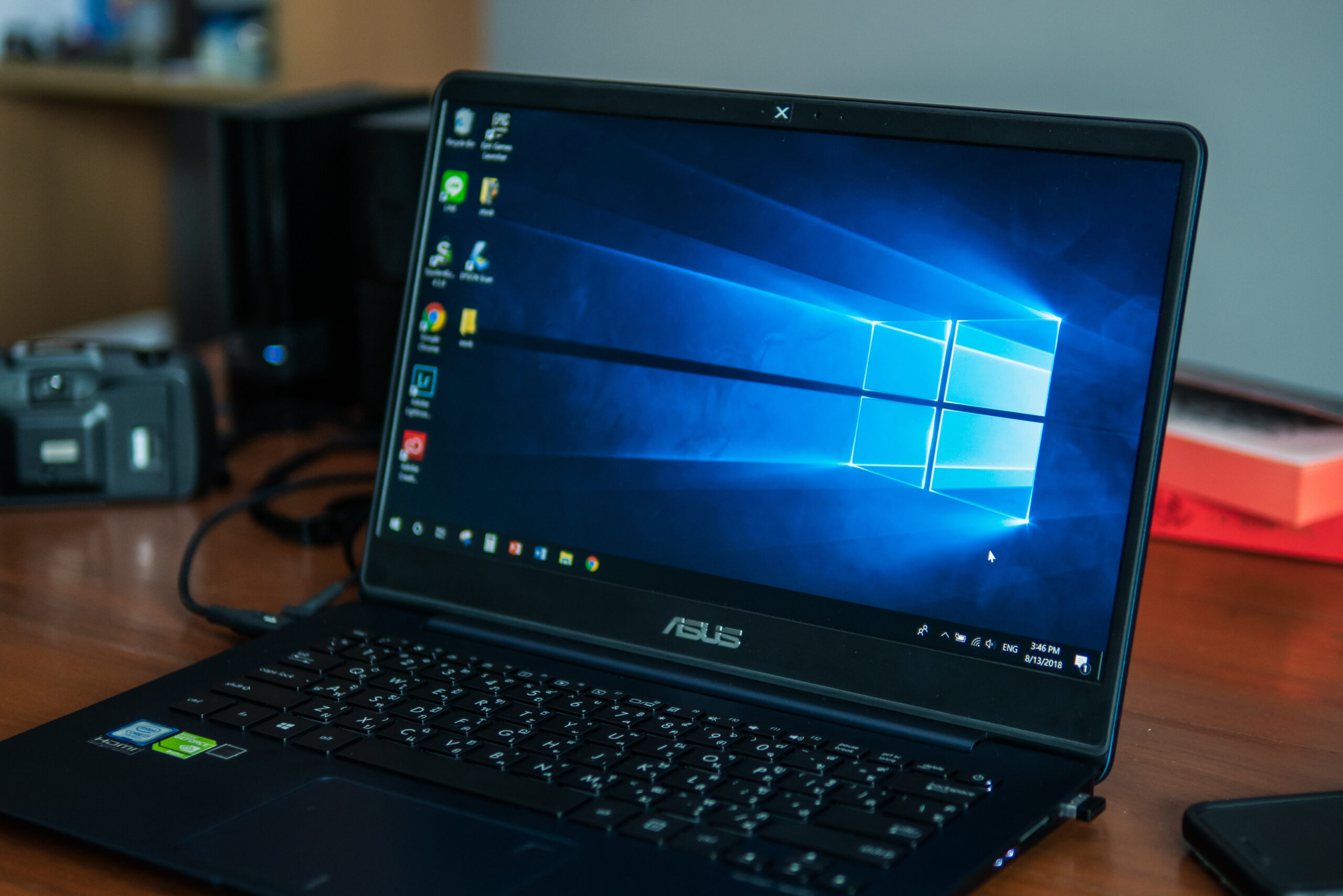Server Essentials 2012: Server Backup and Centralized PC
Windows Server Essentials 2012 provides a magnificent centralized PC and server backup capability which includes both figure-based system backups and centralized data History backups for Microsoft Windows 8. The centralized data history backup is a new feature and provides that when you connect a Windows 8-based computer to the server, the File History is automatically activated and centralized on the internet server. Also File History caches the mostly used recent data revisions on the computer for offline use.
Along with its predecessors, Windows Server Essentials 2012 also offers an outstanding Server Backup feature that easily replicates all the important server data. And, if modified, will replicate the Operating system partition too. This is an important feature because then it can be used for on-site recovery purposes.
Storage Spaces
Users of Windows Home Server know that Microsoft has implemented magnificent data duplication and a more advanced storage pooling feature which is called Drive Extender in the earlier version of that kind of product and after killed it in WHS 2011. But still the Drive Extender is back, and this time it is way better than ever before.
Now dubbed Storage Spaces this feature expands quite nicely on the Drive Extender by adding up a better replication, NTFS and other drive letter compatibility, and also cross-platform support along with Windows 8. People can use Storage Spaces to pool 12 TB of data, spreading across 43 1 TB disks, and in a flexible and superfluous set up which is way better, simpler, easier and contains less errors than any kind of RAID set up.
Also if you’re knowledgeable about the Storage Spaces and how it is configured on both Windows 8 and also Windows Server 2012 (Standard, Datacenter, Foundation), then you know for sure that Windows 8 utilizes a really simple and easy Control Panel-based function while the Server version is clearly configured through a really complex Server Manager based interface. And still Windows Server offers both of the interfaces, and the default interface is the simple Control Panel interface.







